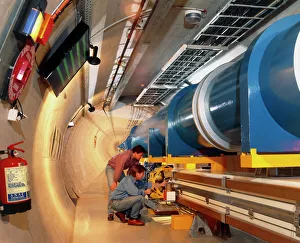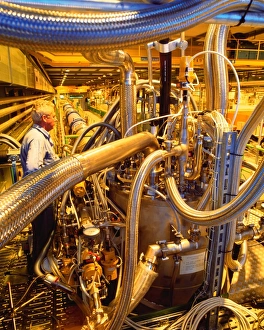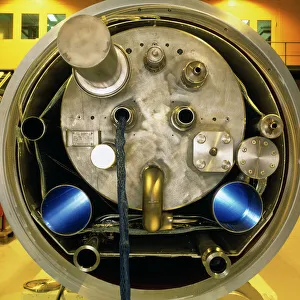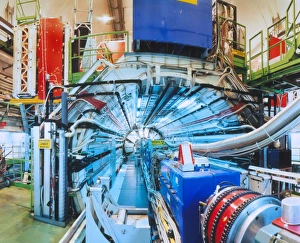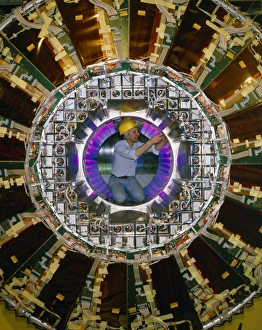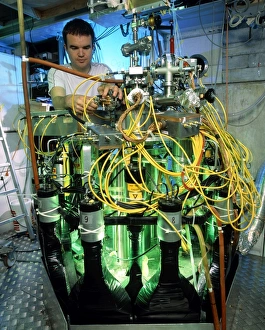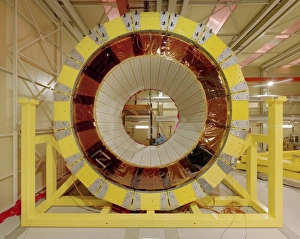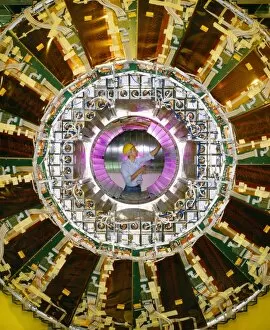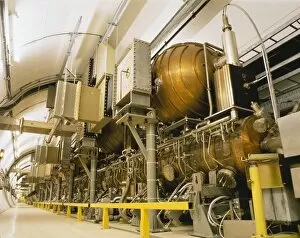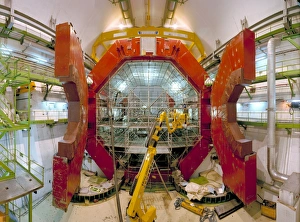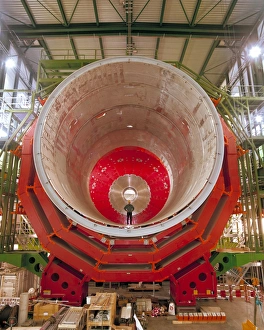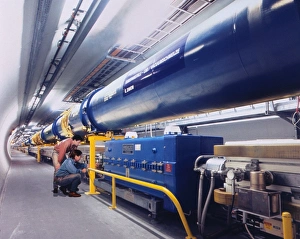European Centre For Collection
The European Centre for scientific exploration and innovation is at the forefront of groundbreaking research, pushing the boundaries of human knowledge
All Professionally Made to Order for Quick Shipping
The European Centre for scientific exploration and innovation is at the forefront of groundbreaking research, pushing the boundaries of human knowledge. With state-of-the-art facilities like the mock-up of Large Hadron Collider at CERN, scientists are unraveling the mysteries of the universe. The LEP collider tunnel serves as a gateway to unlocking secrets hidden within subatomic particles. Testing magnets for the Large Hadron Collider ensures precision in its operations, enabling scientists to delve deeper into understanding fundamental forces. Witnessing the end of a magnet for this colossal machine reminds us of humanity's relentless pursuit of discovery. The LEP particle collider at CERN stands as a testament to international collaboration, where brilliant minds from across Europe unite in their quest for answers. The L3 particle detector captures elusive particles that hold profound implications for our understanding of matter and energy. Technicians diligently working in OPAL detector exemplify dedication towards advancing scientific frontiers. Their expertise fuels breakthroughs that shape our perception of reality. Meanwhile, ATHENA antimatter experiment explores one of nature's greatest enigmas – antimatter – paving new paths towards technological advancements. Within ATLAS detector modules lies cutting-edge technology capable of capturing fleeting cosmic phenomena with unparalleled precision. Computer art visualizing this marvel showcases how science merges with creativity to unlock secrets hidden within nature's fabric. At every turn, CERN's OPAL detector reveals glimpses into previously unexplored realms, providing invaluable insights into particle physics and beyond. This remarkable facility embodies humanity's insatiable curiosity about existence itself. As we journey through these captivating images and concepts surrounding CERN’s work, we are reminded that it is here where dreams merge with reality; where imagination meets empirical evidence; where mankind unveils truths once thought impossible to grasp. The European Centre for scientific exploration continues its tireless pursuit towards unraveling life’s most profound mysteries - propelling us further into an era defined by awe-inspiring discoveries and boundless knowledge.

